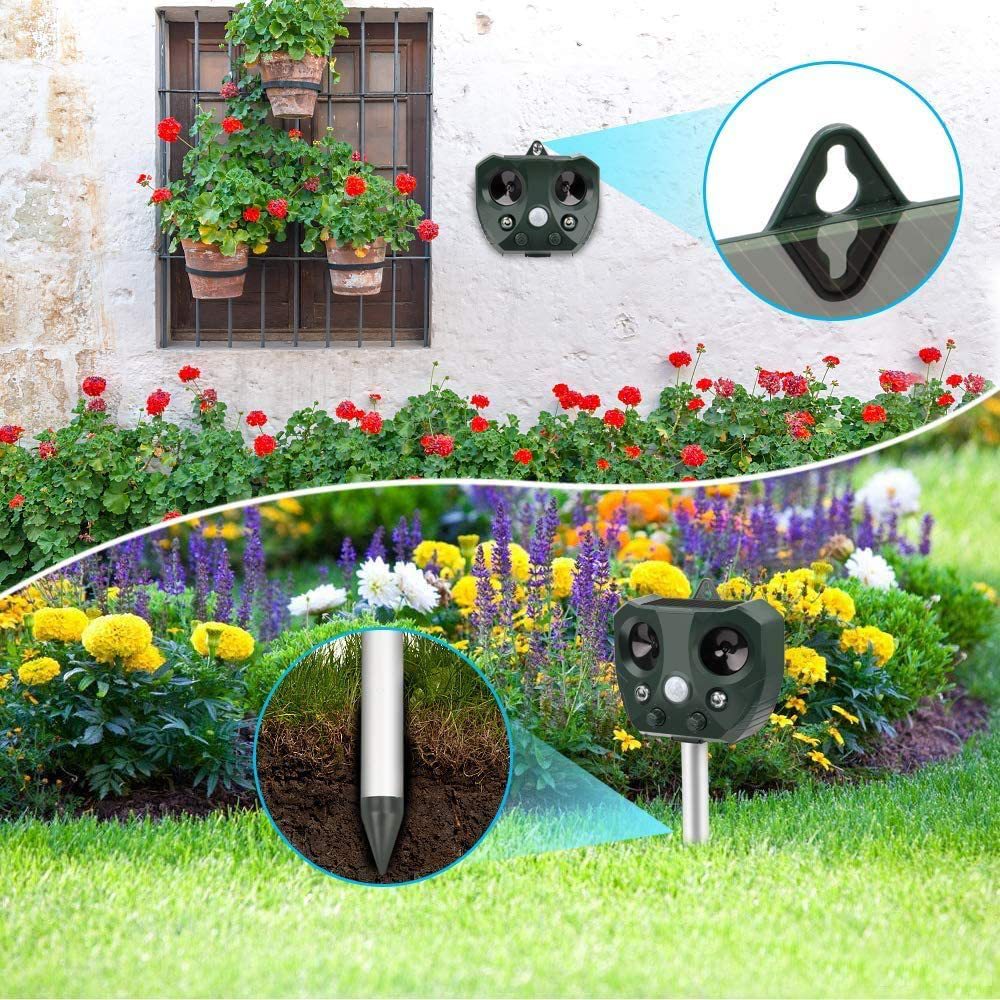Principles and Applications of Silent Ultrasonic Bird Repellent Devices
By mindereye / July 6, 2025 / No Comments / Knowledge
Translation of the Article on Silent Ultrasonic Bird Repellent Devices
Silent Ultrasonic Bird Repellent Device
This device utilizes ultrasonic technology to deter birds by emitting specific frequencies of ultrasonic waves that are inaudible to humans but cause discomfort or fear in birds, effectively driving them away.

I. Working Principle
The principle relies on birds’ heightened sensitivity to ultrasonic waves. The device emits ultrasonic frequencies above 20 kHz, which humans cannot perceive due to auditory limitations, but birds detect as intense stimuli. Upon receiving these waves, birds experience physiological distress (e.g., disorientation or fear), prompting them to flee the area.
II. Application Scenarios
These devices are widely applicable across diverse settings requiring bird control:
Farmlands and orchards to protect crops from damage.
Warehouses and airports to prevent contamination and safety hazards.
Power facilities (e.g., transmission lines) to avoid equipment interference and electrical faults.
Installation in these areas reduces bird-related damage to property, food supplies, and infrastructure while mitigating hygiene and safety risks.
III. Analysis of Advantages and Disadvantages
Advantages:
Non-disruptive to human activities, as ultrasonic waves are inaudible to humans.
Easy installation and operation, with significant repellency effects observed in field tests.
Eco-friendly and chemical-free, causing no secondary pollution.
Disadvantages:
Effectiveness varies by bird species and individual tolerance, leading to inconsistent results.
Birds may develop adaptability over time, reducing long-term efficacy.
In summary, this device offers a practical solution for bird-related issues without human disturbance, and ongoing technological advancements are expected to enhance its future applicability.
